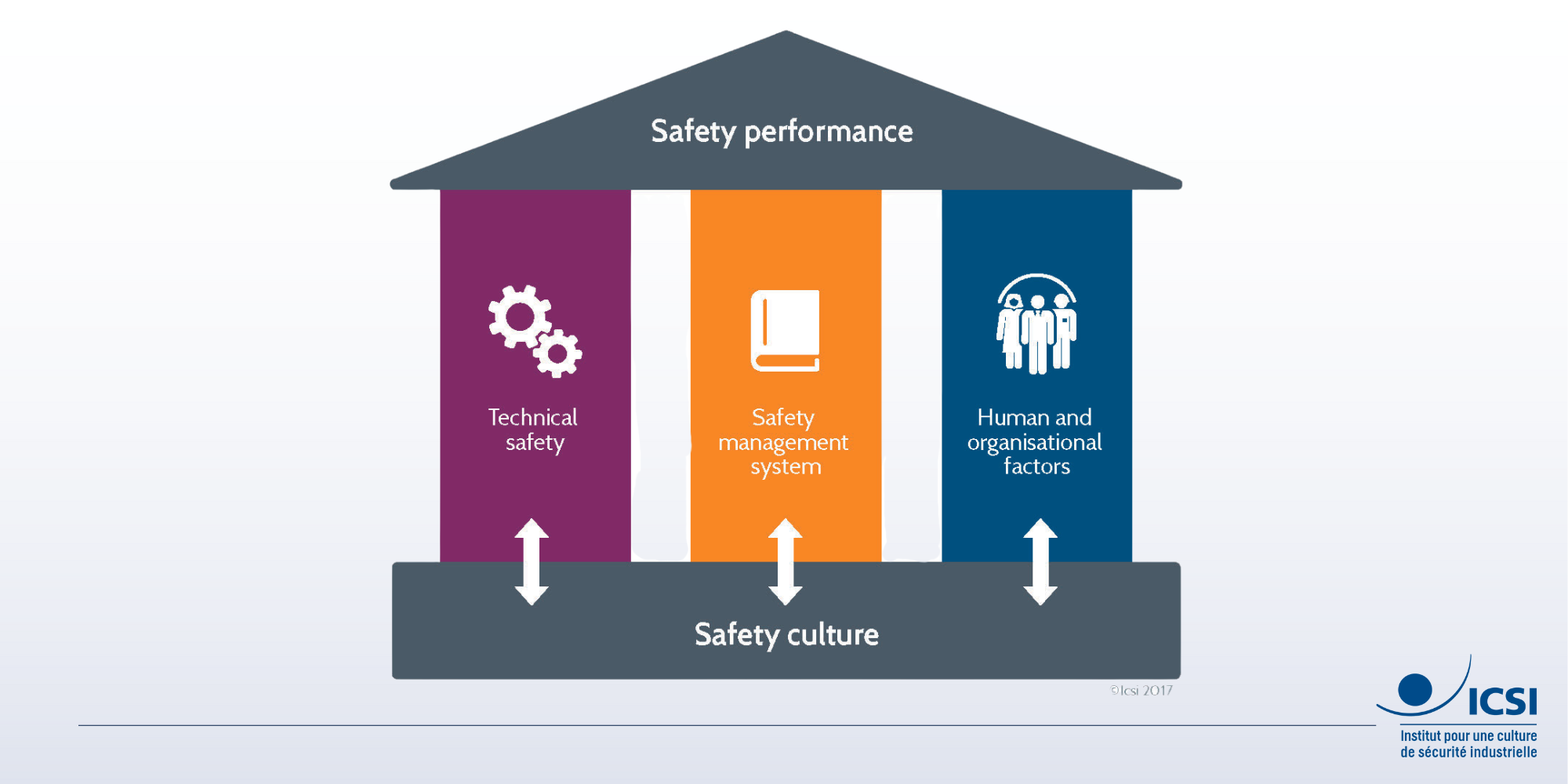Human and organizational factors
Considered as one of the 3 pillars of safety culture, the human and organizational factors approach consists in identifying the conditions that support safe behaviors at all levels of the organization. Integrating this approach into the organization is a powerful lever in companies that have already invested heavily in technical and management systems, but want to go even further in improving their safety record.
 Human and organizational factors
Human and organizational factors

Read the essential publication
| Why are human and organizational factors important? |
On a day-to-day basis, in all sectors, safety is ensured by agents working in the field, whether this is an at-risk facility, or a construction site. In practice, the human dimension is a key component in the reliability of safety systems. But beware! Jumping to the conclusion that an accident is due to human error is often a shortcut that is detrimental to prevention. We should, instead, examine the organizational conditions that led to the accident.
The company can improve the integration of human and organizational and human factors into its safety policy by acting on 4 levels:
- the organization and its management
- occupational groups
- workplace conditions
- individuals
The ultimate goal? To encourage better safety behaviors, and improve the safety performance of the entire organization.



